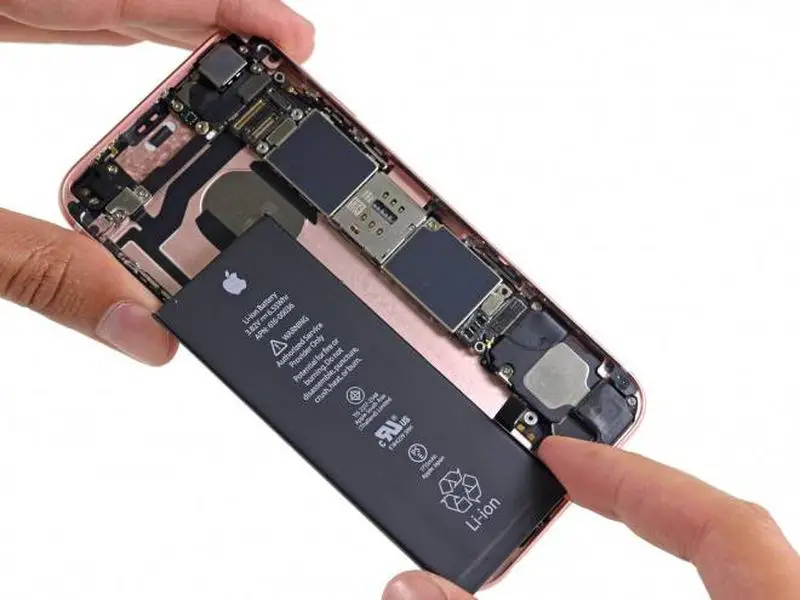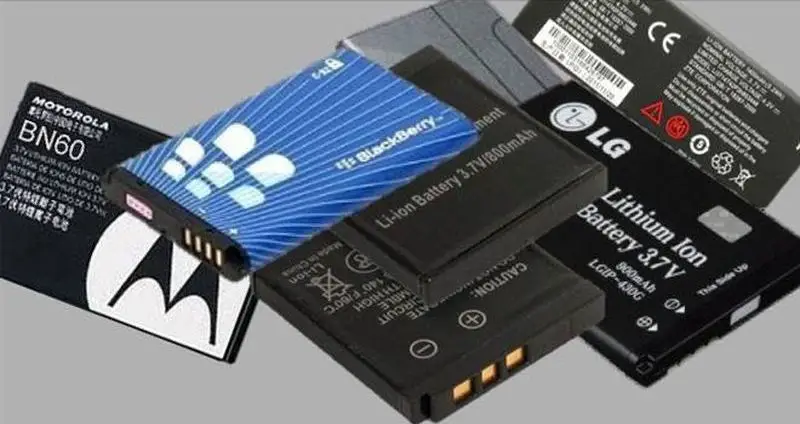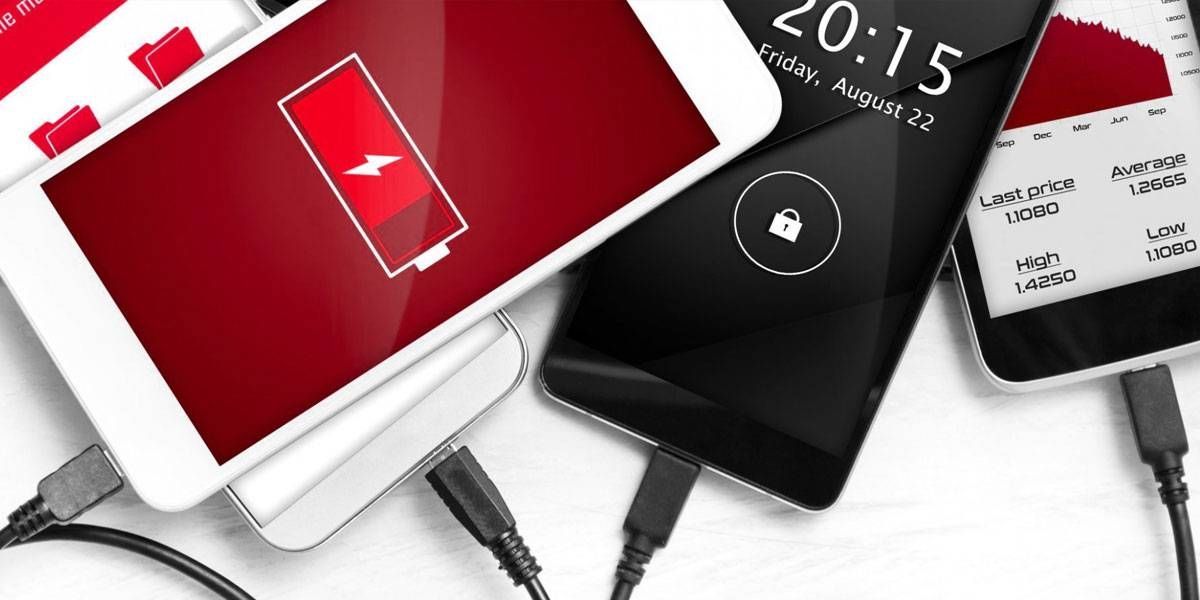Lithium batteries are ubiquitous in our daily lives, but did you know how do they work?
They are in phones, computers, and tablets. They make it possible for us to walk down the street sending memes and emojis to our friends, without the need to be connected to an electrical outlet.
These rechargeable batteries, also called lithium-ion, or Li-ion, are the providers of the energy needed to run most of the electronic devices we use every day.
The history of Lithium Ion batteries
Their first prototypes were designed in the early 1970s, but it was not until 1991 that the Japanese company Sony presented a commercial version, which in general is still very similar to the ones we use now.
Their development is so important that in 2019 the Swedish Academy of Sciences awarded the Nobel Prize in Chemistry to their original developers.
John Goodenough, Stanley Whittingham, and Akira Yoshino received this award for their contributions to the development of lithium batteries.

Advantages of Lithium Iion batteries
One of the main virtues of lithium batteries is that they give autonomy to the devices that have them: in other words, they can be used for a long time without needing to be recharged.
This is due to the fact that the compounds they contain can store a large amount of energy, thanks to the electrochemical characteristics of lithium.
This element is only the third in the periodic table, which means that it has small atoms, which is why it is a light material.
This characteristic contributes to lithium batteries having a lower weight compared to other rechargeable batteries, such as those containing lead, which is used in automobiles.
A small, lightweight lithium battery has the capacity to store a charge that can last from hours to days.
This is also due to the fact that, in addition to lithium, other materials are used that allow the cells that make up the battery to be stacked as closely as possible.
That is why lithium batteries can be compact and thin.

Safety of lithium batteries
One problem with this type of battery is that exothermic reactions take place during the recharging process, i.e. they release heat.
This, added to the fact that some of the components of lithium batteries are flammable, contributes to the fact that under certain circumstances they can catch fire or even explode.
Certainly, no one can walk around with peace of mind, thinking that he or she is carrying a small bomb in the form of a cell phone in his or her bag.
Although the above risk is real, lithium batteries do not catch fire spontaneously or under any circumstances.
There must first be conditions that favor overheating, such as when charging equipment: that is why it is generally recommended not to use electronic devices when they are connected to the electric current.
It can also happen when the lithium phones of the battery are too close together and can short-circuit.
This is a problem when you want to miniaturize equipment: when trying to make more compact batteries, it can happen that their components get too close together.
But this can be avoided first with a proper design of lithium batteries and also by adding materials that can function as insulators.
For example, the use of very thin polyethylene films mixed with nanoparticles has been tried.
If rapid heating occurs, the spaces between the nanoparticles expand, interrupting the passage of current. Once the battery cools down completely, the nanoparticles return to their place and the operation of the device returns to normal.
These types of improvements improve their performance and open the door for us to use them to produce energy to replace fossil fuels. Something we urgently need.





